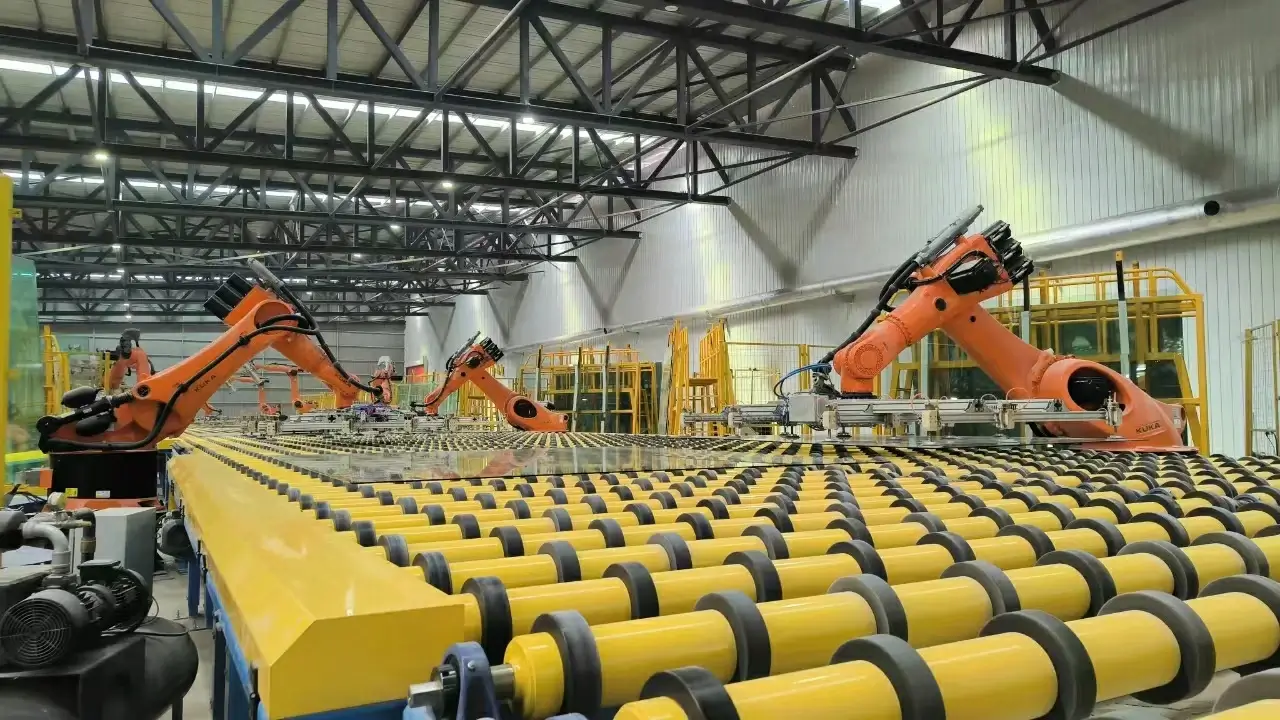

High Reflective Glass Innovations for Modern Architecture
In the realm of modern architecture, high reflective glass has emerged as a pivotal material, redefining the aesthetic and functional capabilities of buildings. With its sleek appearance and exceptional performance characteristics, high reflective glass not only enhances the visual appeal of structures but also contributes to energy efficiency and sustainability.
High reflective glass features a specialized coating that maximizes sunlight reflection while minimizing heat gain. This unique property makes it a preferred choice for commercial buildings, skyscrapers, and modern residences. By reflecting a significant portion of solar radiation, high reflective glass reduces the amount of heat entering a building, thereby lowering air conditioning costs and enhancing indoor comfort. This efficiency is increasingly vital as global temperatures rise and energy consumption regulations tighten.
One of the most striking advantages of high reflective glass is its ability to create stunning visual effects. The reflective surface of the glass can transform the appearance of a building, allowing it to blend harmoniously with its surroundings while also standing out as a unique architectural statement. This effect is particularly captivating in urban environments, where the interplay of light and reflections can enhance the character of the skyline. Architects often use high reflective glass to create a sense of transparency and openness, making interiors feel larger and more connected to the outdoors.
The versatility of high reflective glass allows for diverse applications across various architectural styles. From sleek, modern office towers to elegant residential buildings, this material complements numerous designs. Moreover, advances in manufacturing techniques have led to a broader range of colors and finish options, offering architects even more creative possibilities. This flexibility enables the integration of high reflective glass in both new constructions and renovations, making it a popular choice for building upgrades focused on sustainability and aesthetics.

Safety is another critical aspect of high reflective glass. Modern formulations include tempered or laminated glass, which enhances strength and impact resistance. This durability is essential in regions prone to extreme weather conditions, as high reflective glass maintains its integrity in the face of hail, wind, and other environmental challenges. Additionally, its energy efficiency contributes to overall building safety by reducing the likelihood of overheating, which can compromise structural integrity over time.
Despite its many benefits, the use of high reflective glass is not without its challenges. Glare, a common downside, can affect both building occupants and the surrounding environment. To mitigate this issue, architects and designers are increasingly employing advanced glazing techniques, including the use of frit patterns or varying reflectivity levels to customize the amount of light and heat that is reflected or transmitted. This approach can enhance occupant comfort while still exploiting the aesthetic benefits of high reflective glass.
Moreover, the environmental impact of high reflective glass production is an ongoing concern. As the industry increasingly prioritizes sustainability, manufacturers are investing in eco-friendly production processes and materials. The use of recycled materials in glass production and the advancement of energy-efficient manufacturing techniques are vital steps towards lessening the carbon footprint associated with high reflective glass.
In conclusion, high reflective glass stands as a testament to the intersection of beauty and functionality in modern architecture. Its ability to enhance aesthetics while promoting energy efficiency makes it an invaluable material in contemporary building design. As the architectural landscape continues to evolve, high reflective glass will undoubtedly play a crucial role in shaping the structures of the future while addressing the pressing challenges of sustainability and energy conservation. Through innovative applications and careful design considerations, architects can harness the full potential of high reflective glass, leading to breathtaking and responsible architectural achievements.